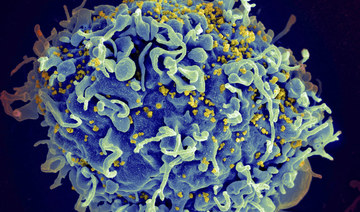ATHENS: Greece’s main opposition party Syriza said Tuesday that the recent introduction of a six-day working week for certain companies was a “disgrace.”
The measure was brought into force by the right-wing ruling New Democracy party in early July.
Greece has been facing a shortage of skilled workers since the financial crisis of the late 2000s, which drove young people abroad in search of better prospects.
But the policy has attracted domestic and international attention as it goes against the grain of many Western countries, where the four-day week is being debated to boost productivity.
“Such things are unacceptable. The government must understand that this policy has consequences,” said Syriza spokesperson Voula Kehagia on private television channel Skai.
Kehagia added that it “shamed the country” by “ridiculing it abroad.”
The six-day working week only applies to certain companies, including those that operate seven days a week, 24 hours a day.
Workers will be paid at least 40 percent more for the sixth day of work.
Government spokesman Pavlos Marinakis emphasized on Facebook that it is intended to address “emergency needs” with “qualified personnel.”
Athens said the move combats undeclared work and addresses work shortages exacerbated by a declining population.
While the Greek average working week was the longest in the European Union at 39.8 hours last year, their productivity was lower than the average, according to Eurostat.
Greek opposition slams six-day working week as ‘disgrace’
https://arab.news/bfqqj
Greek opposition slams six-day working week as ‘disgrace’

- The measure was brought into force by the right-wing ruling New Democracy party in early July
- Greece has been facing a shortage of skilled workers since the financial crisis of the late 2000s


























